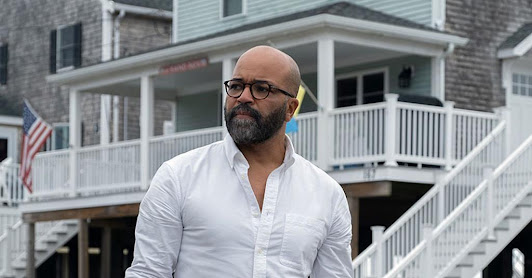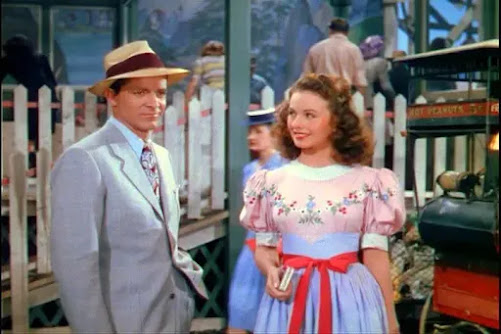 |
| Ilinca Manolache |
Throughout the first three quarters of the film, Jude counterpoints Angela frantic progress with excerpts from Lucian Bratu's 1982 Romanian film, Angela Goes On. The film concerns a female taxi driver in the Ceauşescu era as she navigates her day fending off the unwanted attentions of a host of drunk and disorderly men. While Angela Goes On is shot in color in the socialist realism style of the era (it reminded me of a Martin Ritt film), the adventures of the modern day Angela are shot in grainy cinéma vérité style black and white. The exception are Angela's TikTok postings, in color, in which she inhabits the persona of the boorish Bobita. Bobita, a creation of Ms. Manolache which predates this film, is a misogynistic lager lout whose expletive laced rants are meant to expose the sexism of the Romanian male. The dialectic between the footage separated by forty years serves to show the progress, or lack thereof, in Romanian society. Jude will often freeze or slow the frames of the Angela Goes On footage in order to document glimpses of the social reality of Bucharest in 1982.
After the thesis and antithesis of the "A" section of the film, the synthesis of the "B" section gives us a single static shot in real time of a disabled man giving his testimony for the worker safety video. Jude makes it obvious that the corporation will shape this document to its own ends. The synthesis of the past found in present day Romania is shown to contain the worst aspects of both Capitalism and Socialism. In some ways, Do Not Expect... is the first Jude feature to follow a predictable pattern. Numerous elements found in "I Do Not Care If We Go Down in History as Barbarians" and Bad Banging Banging or Loony Porn are present and accounted for: a feminist slant, the legacy of Romanian history, the dubious effect of media, numerous literary and cinematic allusions, Bucharest as a living presence, and an overlong title. However, Ms. Manolache's gutsy performance holds this stitched up, Frankenstein's monster of a film together. The picture meanders, but Manolache's efforts prevent it from ever seeming didactic.



















